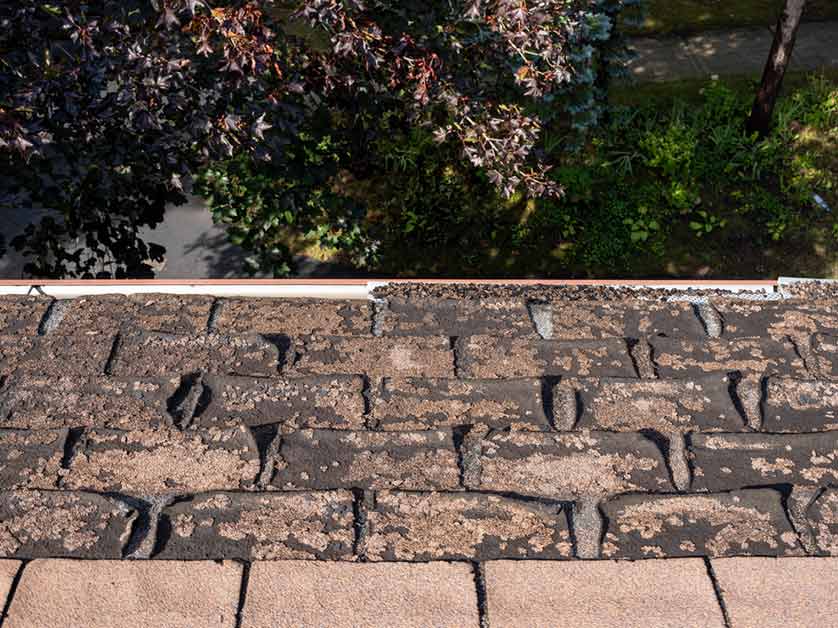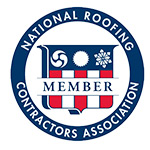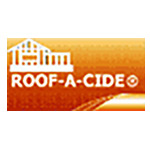Asphalt shingles are designed with a layer of granules that serve multiple purposes, including protecting the roof from UV rays and providing an aesthetic finish. Over time, these roofing materials lose their protective granules, but should you be concerned about it? Read on as Earl W. Johnston Roofing explores the factors that cause granule loss and when you should worry about it.

Causes of Granule Loss
The causes of granule loss on your roofing system can range from natural weathering to physical damage. Harsh weather conditions, especially in areas with frequent tropical storms, can contribute significantly to granule loss. Foot traffic or falling tree limbs can also dislodge granules from your roof’s surface.
Should You Be Worried About Granule Loss?
The short answer: it depends. Minor granule loss over time is normal as your roof ages. In many cases, it’s not a cause for concern. However, severe or extensive granule loss can shorten your roof’s lifespan and lead to more complex issues, meaning more effort and money for you.
A sudden and significant loss of granules, particularly following severe weather events, is a cause for concern. This may indicate severe damage to your shingles. Shingles with bald spots that have little or no granules are also a clear sign that your roof’s protective layer is compromised, which can lead to further damage if not addressed.
If you notice any of these issues, it may be time to bring in a roof repair expert who can help you deal with the issue promptly.
What to Do About Granule Loss
If you’re concerned about granule loss on your roof, it’s advisable to take the following steps:
- Professional inspection. Hire a qualified roofing professional to inspect your roof twice a year to spot potential problems before they worsen. They can determine the extent of granule loss and identify any underlying issues.
- Repair or replacement. Depending on the severity of the granule loss and the age of your roof, you may need to consider repairs or a full roof replacement. Repairing isolated spots may be sufficient, but extensive granule loss may necessitate a new roof to ensure your home’s protection.
- Regular maintenance. To prevent future granule loss issues, keep your roof clean. This includes clearing debris from the roof and gutters, addressing leaks promptly, and ensuring proper attic ventilation. Roof cleaning can prevent granule loss triggered by moss or algae growth. It’s also wise to trim overhanging branches to avoid debris and falling tree limbs damaging your roof.
Let Our Roofing Experts Assist You
At Earl W. Johnston Roofing, we can help you take care of your roof to ensure a safe and comfortable home. Give us a call at (954) 989-7794 or complete our online form on our website. We serve homeowners in Pembroke Pines, Hollywood and Coral Springs, FL.














